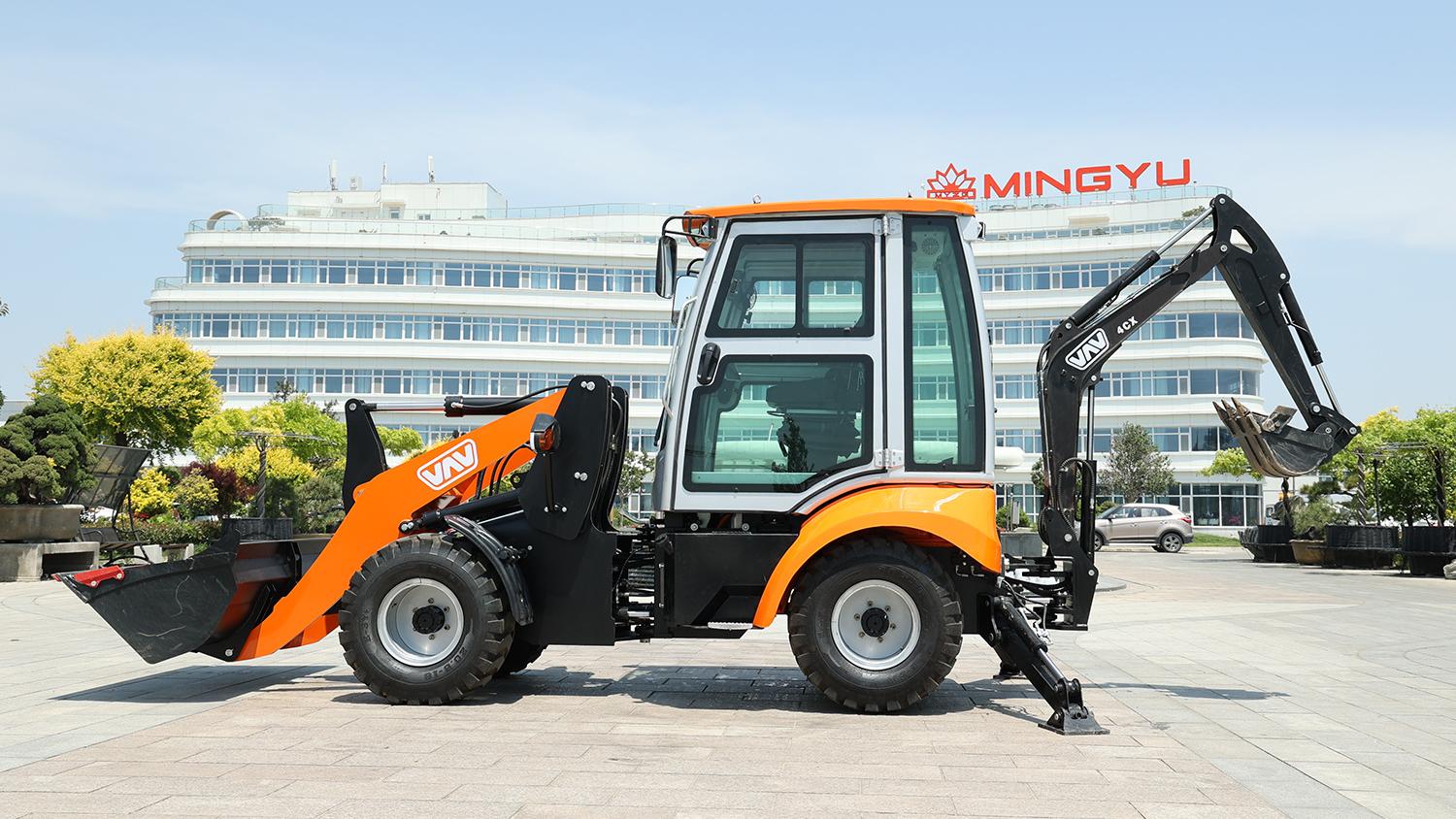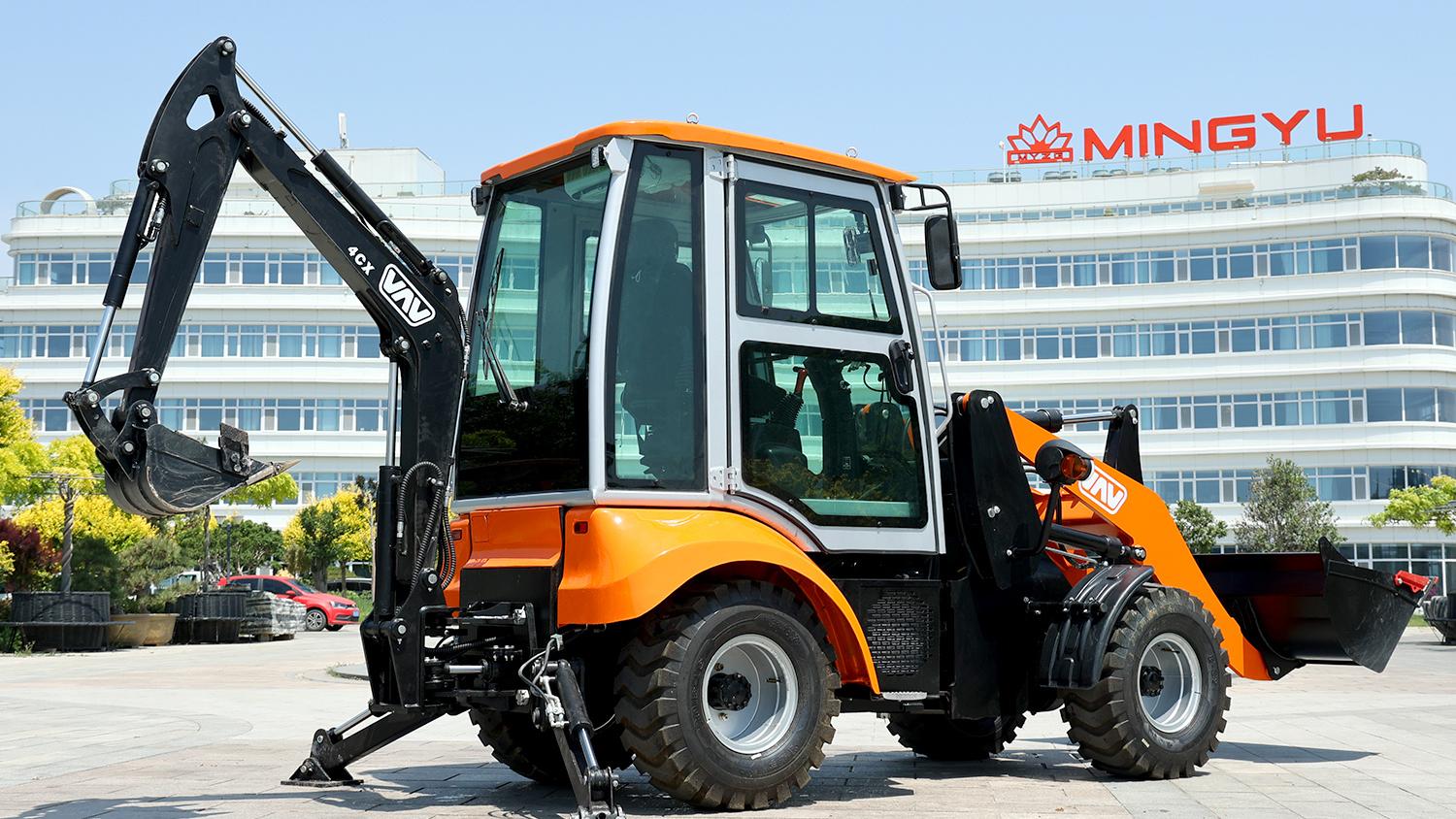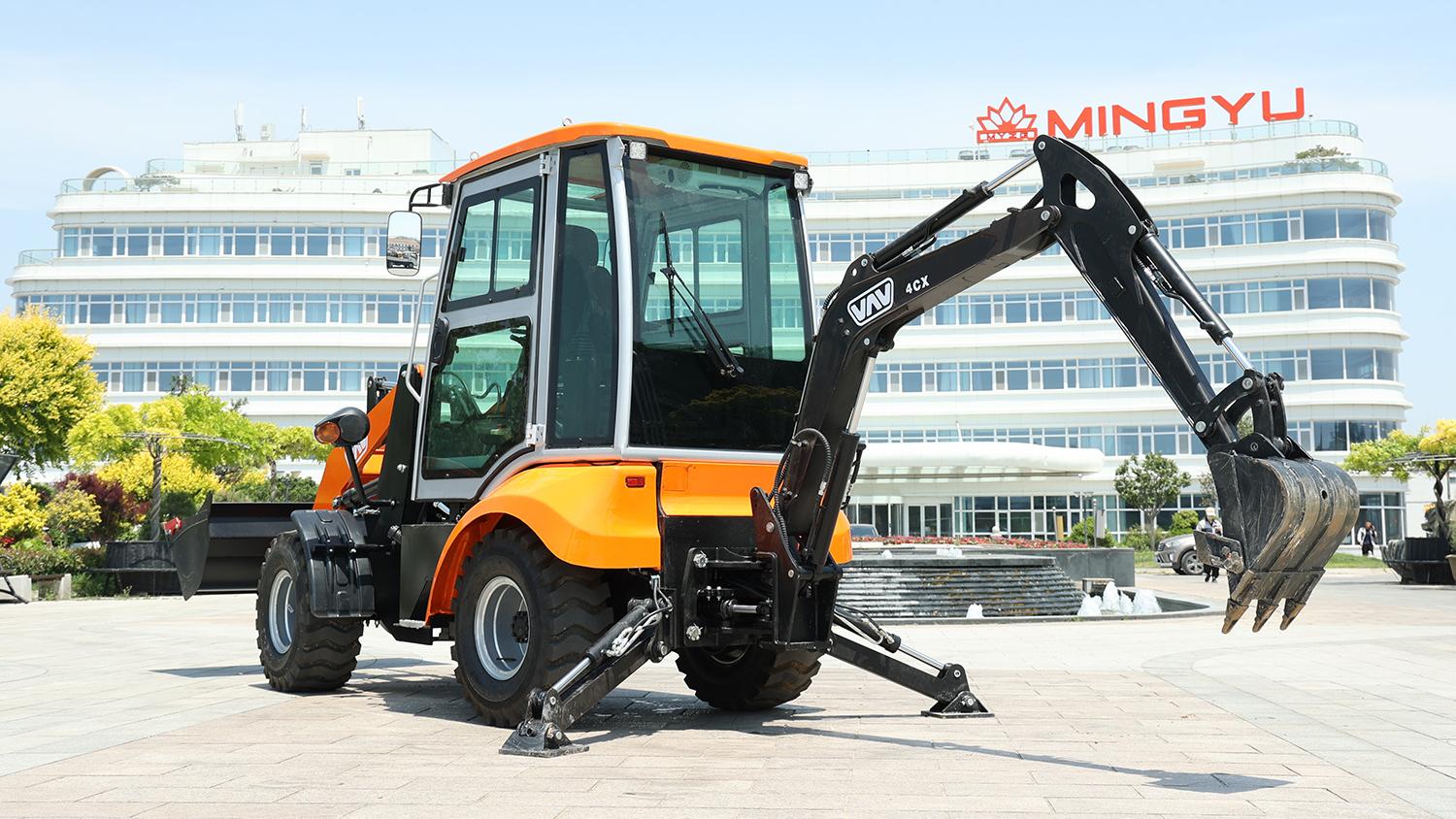What is the Difference Between Backhoe and Excavator?
I. Introduction
In the world of construction, earthmoving, and heavy equipment operations, the choice of machinery can greatly affect project efficiency, cost, and outcome. Among the most common types of equipment on many job sites are backhoes and excavators. While they may appear similar at first glance to those unfamiliar with construction equipment, backhoes and excavators serve distinct purposes and have significant differences in design, functionality, and application.
Understanding these differences is crucial for contractors, equipment operators, and project managers to select the right machine for the job. This article will provide an in-depth comparison of backhoes and excavators, highlighting their structural features, typical uses, operational strengths, costs, and other considerations that affect decision-making on the job site.
II. What is a Backhoe?
A backhoe, often referred to as a backhoe loader, is a versatile piece of construction equipment that combines two key functions in one machine. It has a loader bucket mounted on the front and a backhoe digging arm attached to the rear. The machine typically runs on wheels, which allows it to move easily on roads and between job sites without additional transport.
Design and Structure
The defining feature of a backhoe is this dual-functionality: the front loader is used for tasks such as loading, material handling, and light grading, while the rear digging arm (the “backhoe”) is used for digging trenches, holes, and foundations. Because it integrates both functions, a backhoe is often considered an all-in-one solution for smaller construction projects.
Typical Applications
Backhoes are commonly used in a wide range of small to medium construction and landscaping projects. These include:
Excavating utility trenches for water, gas, or electrical lines
Landscaping tasks such as digging holes for trees or grading soil
Material loading and movement
Light demolition work
Road and sidewalk repairs
Snow removal, with appropriate attachments
Advantages of Backhoes
Versatility: A backhoe's ability to perform both loading and digging operations reduces the need for multiple machines.
Mobility: Since backhoes run on wheels, they can easily drive on public roads, making them convenient for urban and suburban job sites.
Compact Size: Their relatively smaller footprint allows them to work efficiently in confined spaces.
Cost-Effectiveness: For many small to medium tasks, a backhoe can be more economical than hiring separate loaders and excavators.
III. What is an Excavator?
Excavators are specialized heavy equipment designed primarily for digging and earthmoving tasks. Unlike backhoes, excavators usually have a single boom arm with a bucket attached and a cab that can rotate a full 360 degrees. Excavators often run on tracks rather than wheels, which provides superior stability and traction on rough or uneven terrain.
Design and Structure
An excavator consists of a house (cab), undercarriage (tracks or wheels), boom, stick (arm), and bucket. The key characteristic is the 360-degree rotating cab that enables the operator to dig and move materials without repositioning the entire machine. Excavators come in various sizes, from compact models suited for tight spaces to massive machines used in mining and heavy construction.
Typical Applications
Excavators are used extensively for large-scale and heavy-duty projects, including:
Excavating deep foundations for buildings and bridges
Mining operations and quarrying
Demolition of structures using specialized attachments
Dredging rivers and canals
Large-scale landscaping and land clearing
Road construction and earthmoving on uneven terrain
Advantages of Excavators
Superior Digging Power: Excavators can dig deeper and handle heavier loads than backhoes.
Increased Reach: The long boom and arm provide an extended reach for working in hard-to-access areas.
Full Rotation: The ability to rotate the cab 360 degrees increases operational efficiency by minimizing machine repositioning.
Track System: Tracks provide enhanced stability and traction, especially on soft, muddy, or uneven ground.
IV. Structural and Design Differences
One of the most fundamental differences between backhoes and excavators lies in their design.
Mobility: Backhoes have wheels, allowing them to drive between job sites without trailers. Excavators usually have tracks, which limit their road speed and require transport on trailers.
Dual Function vs. Single Function: Backhoes combine a loader and digging arm, making them multipurpose. Excavators focus solely on digging and earthmoving.
Size and Weight: Excavators tend to be larger and heavier, suitable for more demanding tasks.
Rotation: Excavators have a full 360-degree rotating cab, whereas backhoe booms pivot but do not offer full rotation.
These structural distinctions influence how each machine performs in different scenarios.
V. Performance Differences
Performance differences between backhoes and excavators stem mainly from their design and intended use.
Digging Depth: Excavators typically dig deeper—some models can reach depths over 30 feet, while backhoes generally max out around 14 to 16 feet.
Digging Force: Excavators have more powerful hydraulics, enabling them to handle tougher soil and larger materials.
Versatility: While backhoes are versatile, performing both digging and loading, they cannot match the power or reach of excavators.
Mobility: Backhoes are quicker to relocate around sites or between sites without needing a trailer.
Precision: Excavators offer more precise control for detailed excavation, especially when equipped with advanced attachments.
VI. Cost Considerations
Cost is always a major factor in equipment selection.
Initial Purchase Price: Backhoes generally cost less than excavators, making them more accessible for smaller contractors or businesses.
Operating Costs: Excavators often consume more fuel and require more maintenance due to their size and complexity.
Maintenance: Backhoes, with simpler mechanics, can be cheaper to maintain.
Resale Value: Excavators tend to hold their value better in markets demanding heavy-duty equipment.
Ultimately, the choice depends on budget constraints and the scale of the project.
VII. Job Site Suitability
Choosing between a backhoe and an excavator depends largely on the specific requirements of the job.
Backhoes: Best suited for smaller projects such as residential construction, utility work, landscaping, and light demolition.
Excavators: Ideal for large construction sites, heavy excavation, mining, and infrastructure projects that require deep digging and heavy lifting.
VIII. Attachments and Versatility
Both machines support various attachments that enhance their functionality.
Backhoe Attachments: Augers for drilling, hydraulic hammers for breaking, pallet forks, sweepers, and snowplows.
Excavator Attachments: Grapples for sorting, pulverizers for demolition, tiltrotators for flexible bucket positioning, and specialized buckets for dredging.
Attachments enable each machine to be customized for a variety of tasks, increasing return on investment.
IX. Transport and Storage
Backhoes: Because they are wheeled, backhoes can drive on roads and don’t always require trailers for transport, which saves time and money.
Excavators: Due to their tracks and weight, excavators generally require flatbed trailers for transport and need larger storage areas.
X. Operator Skills and Training
Operating a backhoe requires skill in handling both loader and digging functions, while excavator operators focus solely on digging and earthmoving controls.
Proper training and certification are crucial for safe and efficient operation of both machines.
XI. Environmental and Site Impact
Excavators, being larger and heavier, can cause more disturbance to the ground and surrounding environment. They also tend to be noisier and consume more fuel, resulting in higher emissions.
Backhoes, due to their size and versatility, often cause less site disruption, making them preferable for sensitive environments.
XII. Conclusion
Both backhoes and excavators offer unique advantages. Backhoes provide versatility and mobility for small to medium projects, while excavators deliver superior digging power and efficiency for large-scale and heavy-duty tasks.
Selecting the right machine requires careful consideration of project size, site conditions, budget, and operational needs. Understanding these differences ensures better productivity, safety, and cost-effectiveness on the job site.
Post time:Jul.09.2025



